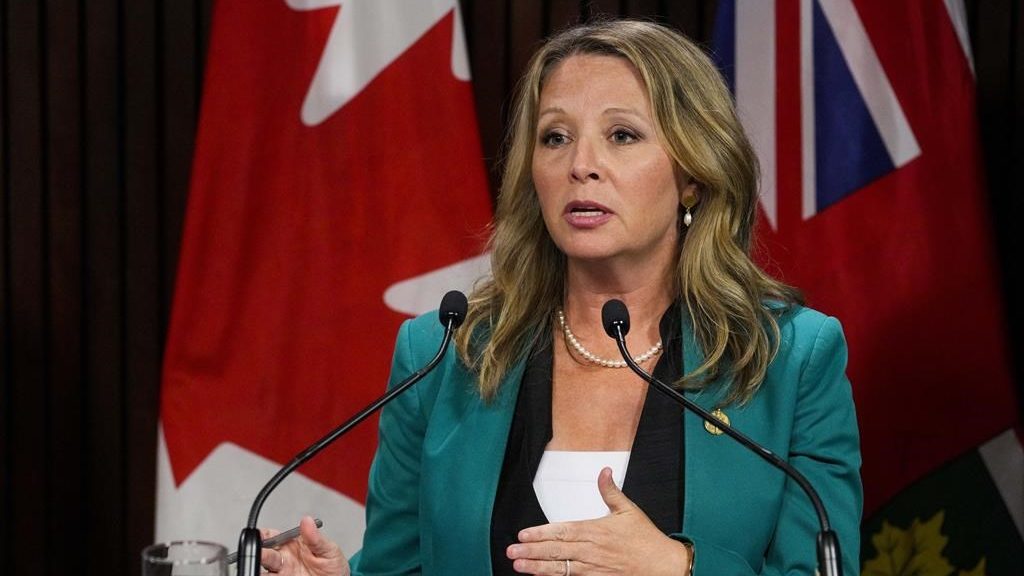Woodstock students walk out in midst of suicide crisis
Posted Jun 6, 2016 06:34:46 PM.
Last Updated Jun 7, 2016 07:17:23 AM.
This article is more than 5 years old.
Woodstock high school students are planning to walk out of class on Tuesday to raise awareness about a suicide crisis in their small town.
Students are also concerned that none of the efforts to address the epidemic included them.
Five young people have killed themselves since the beginning of 2016, and there have been many more attempts, the London Free Press reported. Woodstock has a population of about 38,000.
Students will leave their seats at 9 a.m. and head to Woodstock’s Museum Square, according to a post on the Student Walk Out Facebook page.
“We want this event to be super positive … how could it not be when you really sit back and realize the impact you have all had on the community?” organizer and social worker Gail Bradfield wrote.
“I, along with so many others could not be more proud of you ALL! Tomorrow once we feel like everyone has arrived to Museum Square, you will hear the music stop and the talking will get under way. Please be respectful of your peers … they are going to be speaking to you about personal stories … and we owe them some respect.”
At least five high schools are expected to take part in the walkout. They’re protesting what they believe is inaction by their own school boards.
School boards in the Woodstock area say they have had mental health strategies in place before the walkouts, and part one of the plan is “activating” the adults in the community.
The city has also had a public meeting on the issue, the CBC reported.
Teen are asking for lessons on mental health to be added to the curriculum, letting outside agencies into schools to help students, and crisis beds in Woodstock. Currently, students who need mental health treatment are sent to nearby London.
College Avenue Secondary School sent home a letter to parents, saying it has consulted with mental health experts and “they have advised that assemblies and other large group gatherings of students should be avoided. Not only are they not effective ways of engaging students, they can also be triggering for those students who are most vulnerable.”











